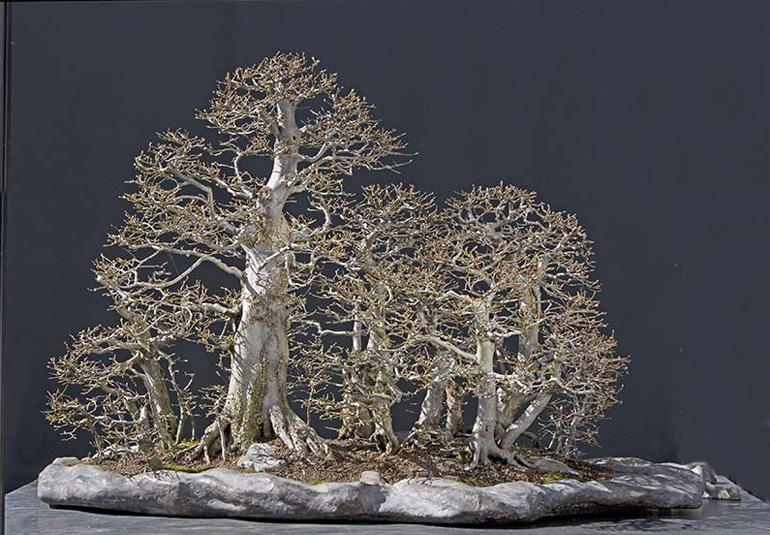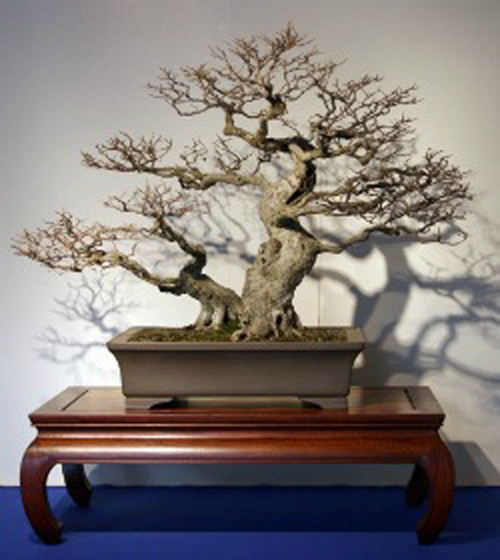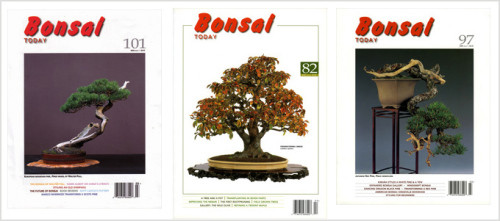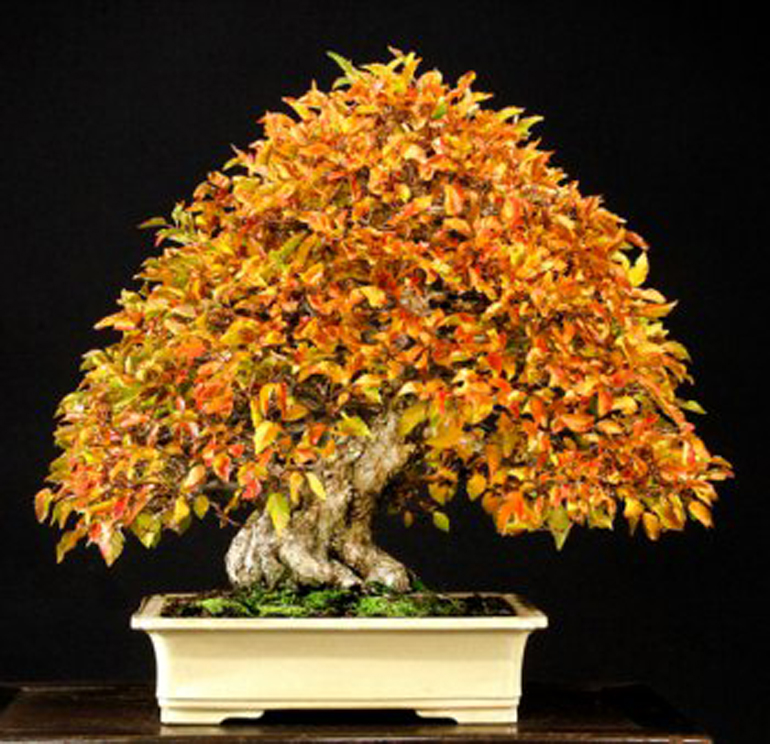
This massive Hornbeam forest belongs to Walter Pall. Walter doesn't mention the variety in his gallery section (you might be able to hunt it down on his blog), but given that Walter lives in Germany, You might guess that it's a European hornbeam (Carpinus betula), but I wouldn't take it to the bank.
The other day someone asked if we would do something on Hornbeams, so here it is, the beginning of a series on the Hornbeam genus (Carpinus). And in case the person who asked is actually reading this (or anyone else is interested), our archives contain several Hornbeam articles.
We’ll start with a couple quotes from our long time friend Bonsai Mary… “Hornbeams, with their showy fall color, alternating leaves and interesting ‘flowers,’ make great bonsai subjects. They are deciduous and by their nature they grow straight. Therefore, they are best suited to formal and informal upright styles.”
Continued below…
NEW WIRE SALE
30% – 40% off 100 gram Bonsai Aesthetics Wire
 30% off 1-9 rolls (only 2.77 each)
30% off 1-9 rolls (only 2.77 each)
This should give you an idea of just how large the Hornbeam above is. That's Walter by the way. I borrowed the photo from Mary.

This Hornbeam resides at the U.S. National Bonsai and Penjing Museum. This photo is also borrowed from Bonsai Mary. There's no mention of the species, and I'm on deadline, so you'll have to do your own research (though I know if Felix Laughlin reads this, he'll let me know).
NEW Increase Discounts on
Bonsai Today Back Issues
Each issue is rich in step-by-step how-to articles by the old masters

40% off 1-9 Bonsai Today back issues
50% off 10 or more back issues

This is not the first time we've shown this magnificent full fall color Korean hornbeam (Carpinus turczaninowii or coreana*). Actually, I suspect we've shown all the photos in this post before, I'm just too lazy to hunt them down. We originally borrowed the photo from Bill Valavanis' blog.
Bonsai Book Sale
25% off our already discounted prices
plus another 5% off orders 100.00 or more
and FREE Shipping on U.S. orders 50.00 or more
 all this adds up to great savings
all this adds up to great savings
on our already discounted books